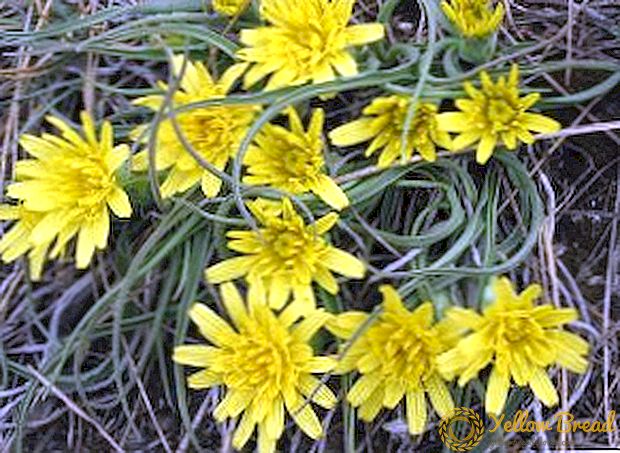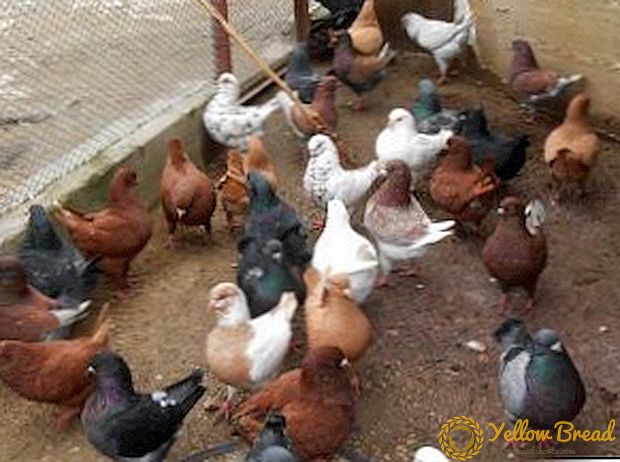Beautiful garden design doesn't go out of style. There's no better example of this than the grounds William Shakespeare tended to himself more than 400 years ago. From Avon to Stratford, the gardens the playwright grew up in and explored continue to inspire both avid gardeners and casual observers to this day.
The new book Shakespeare's Gardens explores these beautiful grounds - including Shakespeare's birthplace in Henley Street, his childhood playground at Mary Arden's Farm, and his courting days at Anne Hathaway's cottage - marking the 400th anniversary of the author's death.
Even if England isn't a stone throw's away for you, explore Shakespeare's gardens with photos and excerpts from the book below, and let the beautiful blooms inspire your own garden design.
Mary Arden's Farm
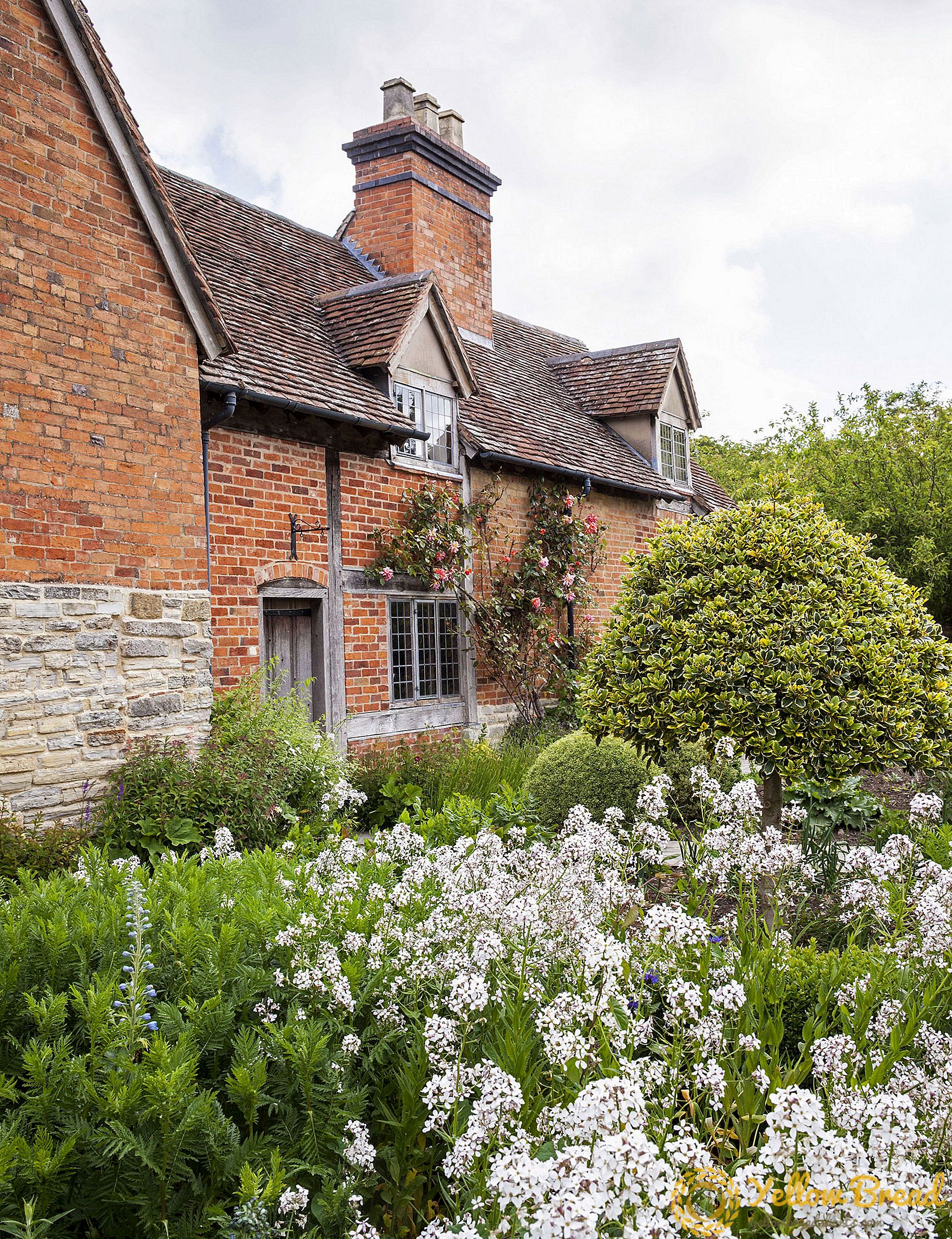
Shakespeare's affinity for botany came not from his education and reading, but from his upbringing in Warwickshire, and especially from time he spent at his mother's home.
The hamlet of Wilmcote lies 3 miles to the northwest of Stratford-upon-Avon in the parish of Aston Cantlow, within an area known as the Forest of Arden. Shakespeare's grandfather, Robert Arden, built a house here in the year 1514 and had eight daughters, the youngest of whom was Mary.
Anne Hathaway's Cottage
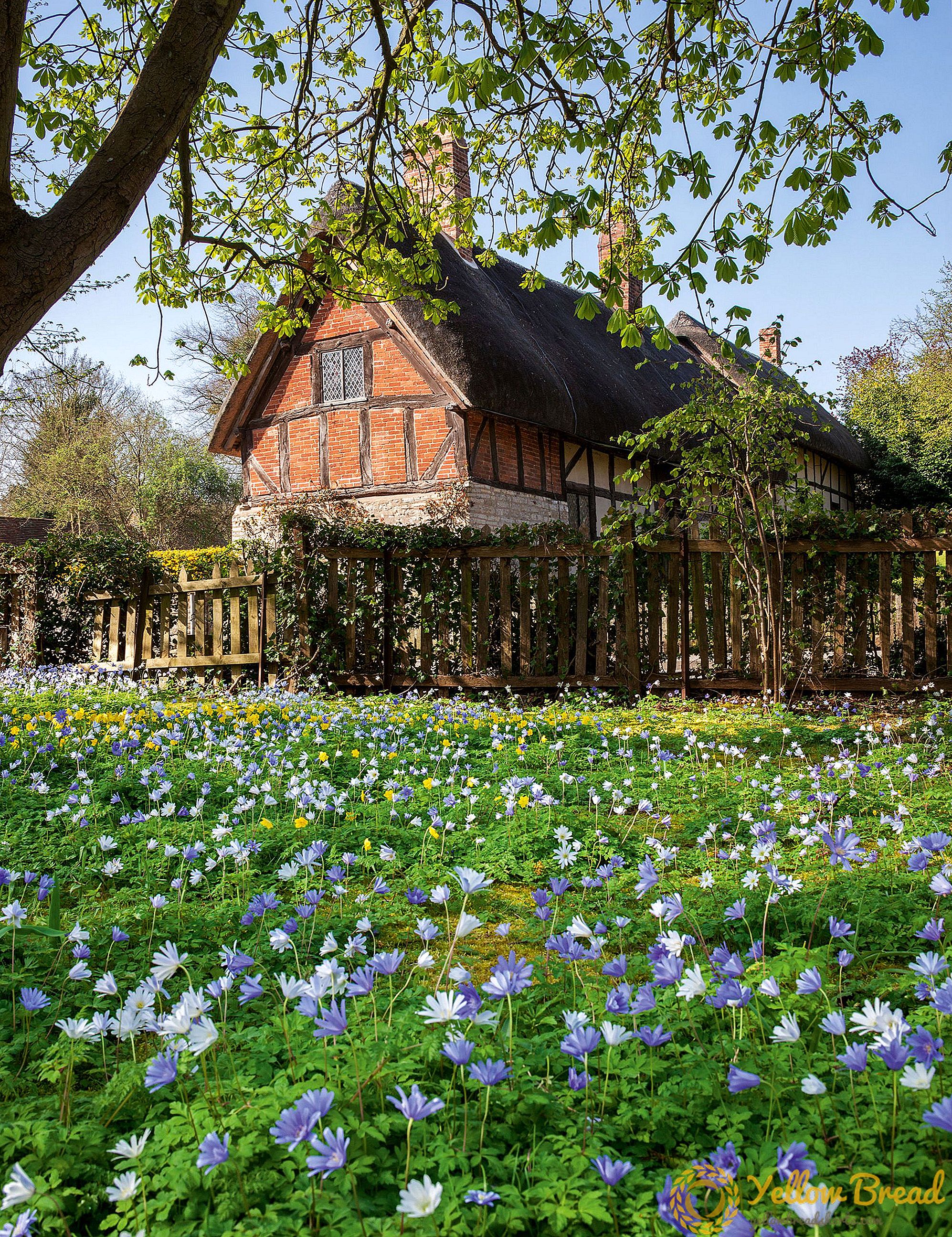
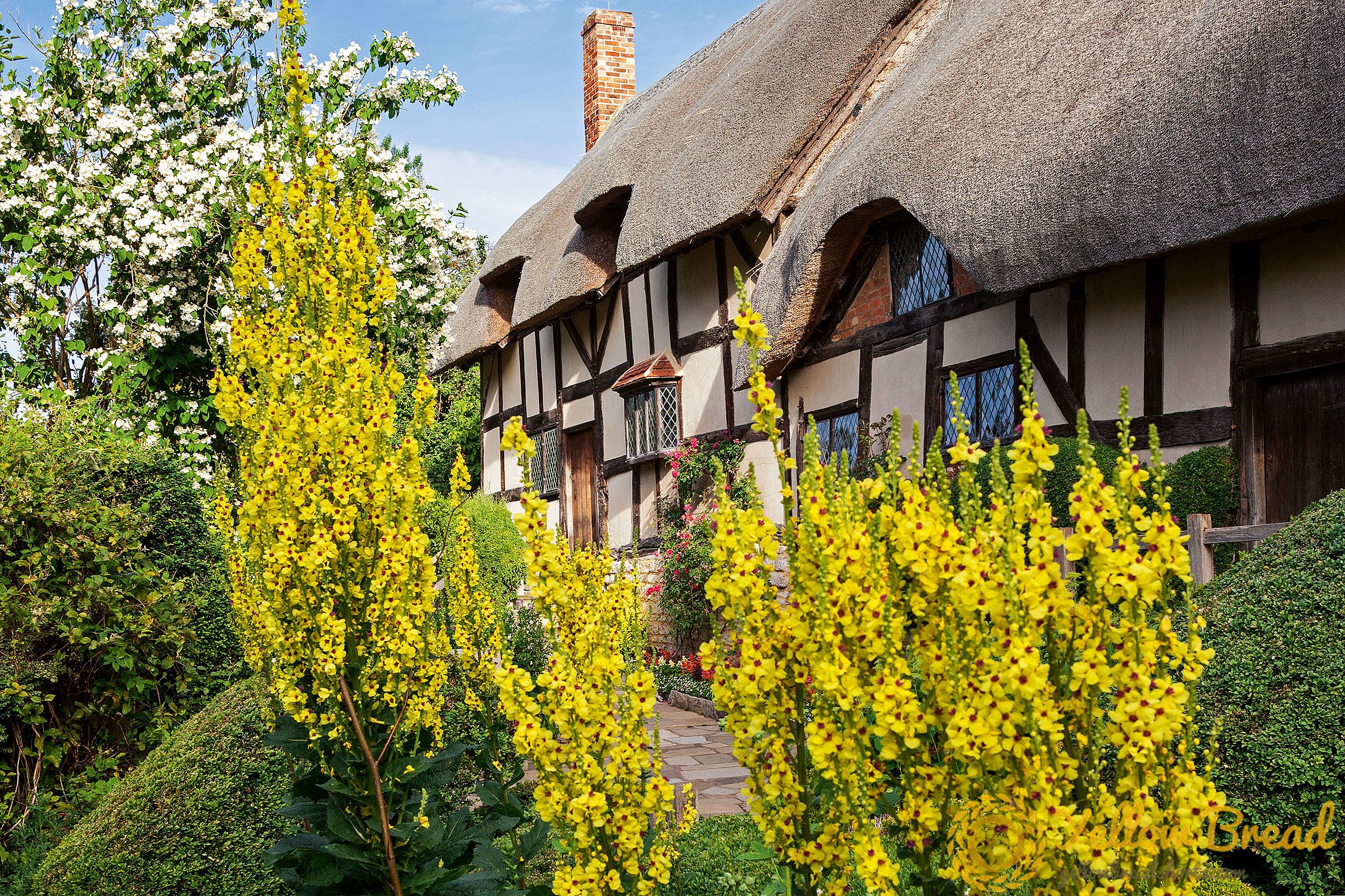
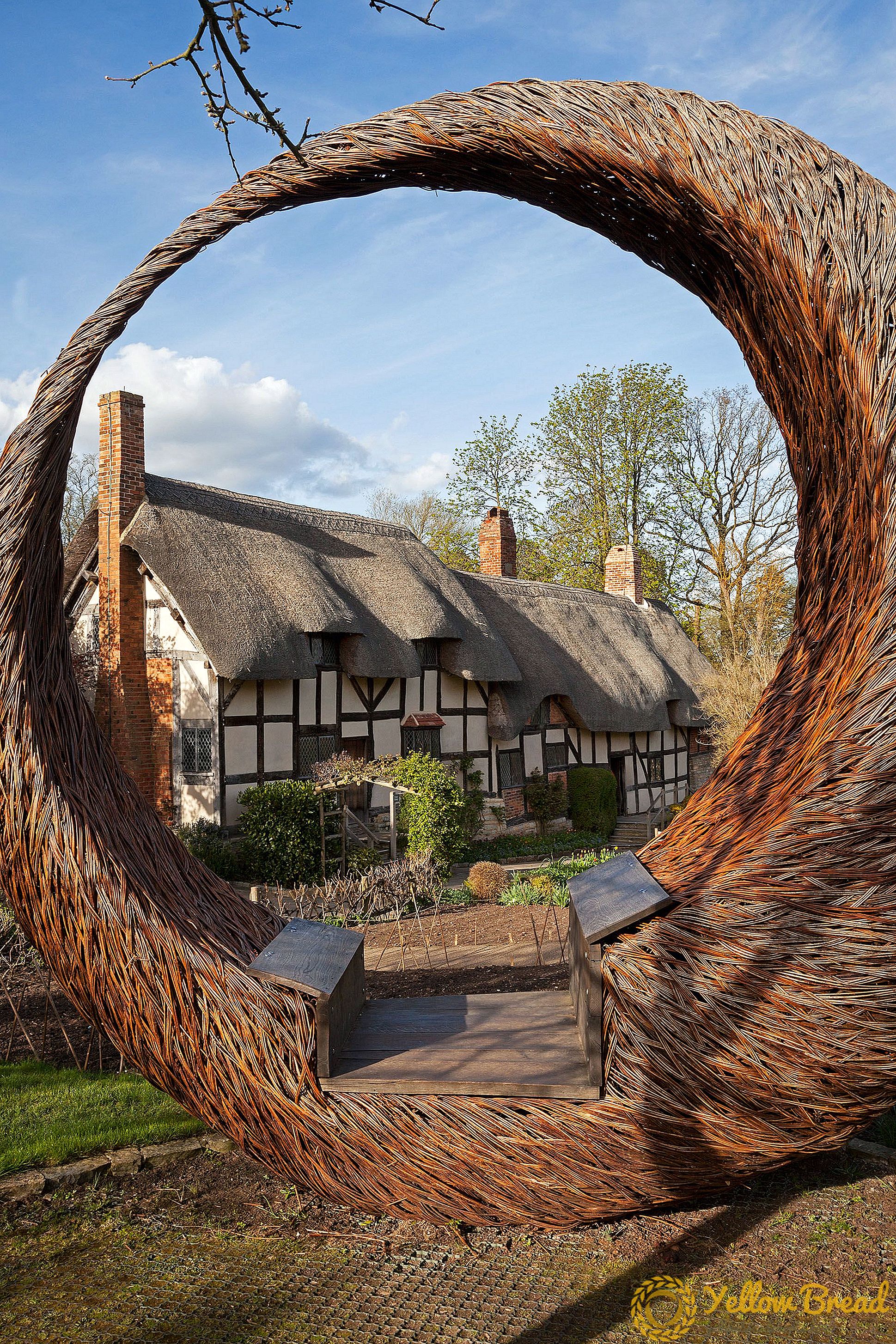
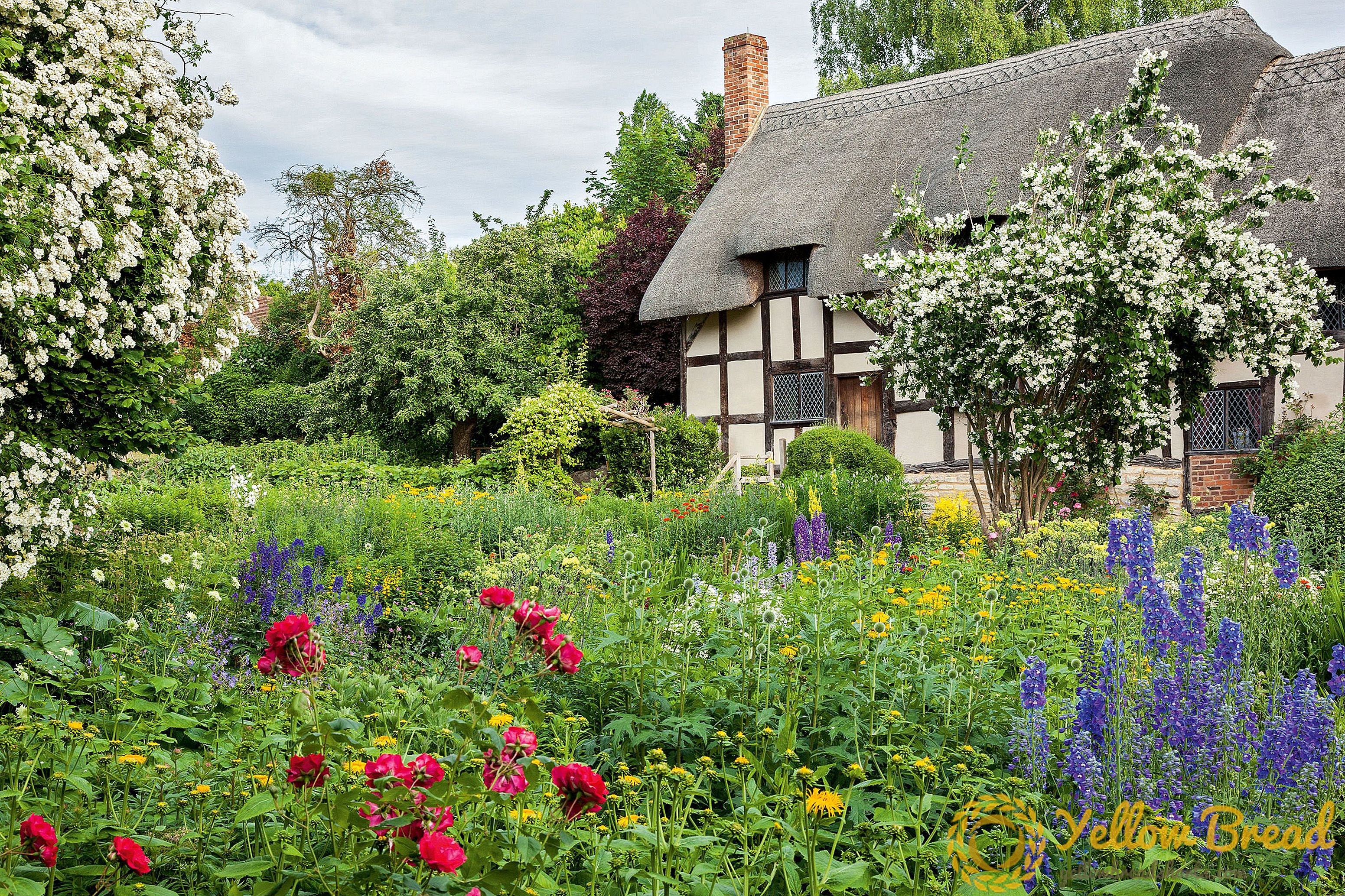
Everyone loves a love story, and Shakespeare's has all the romance befitting a poet.
In the summer of 1582, William, aged eighteen, met Anne Hathaway, whose family farmed in the village of Shottery, just west of his home in Stratford-upon-Avon. Although the families knew each other, exactly how the couple met remains a mystery. Nevertheless, what followed their courtship ensured that Anne Hathaway's Cottage, and particularly its garden, would be forever associated with William Shakespeare.
Hall's Croft
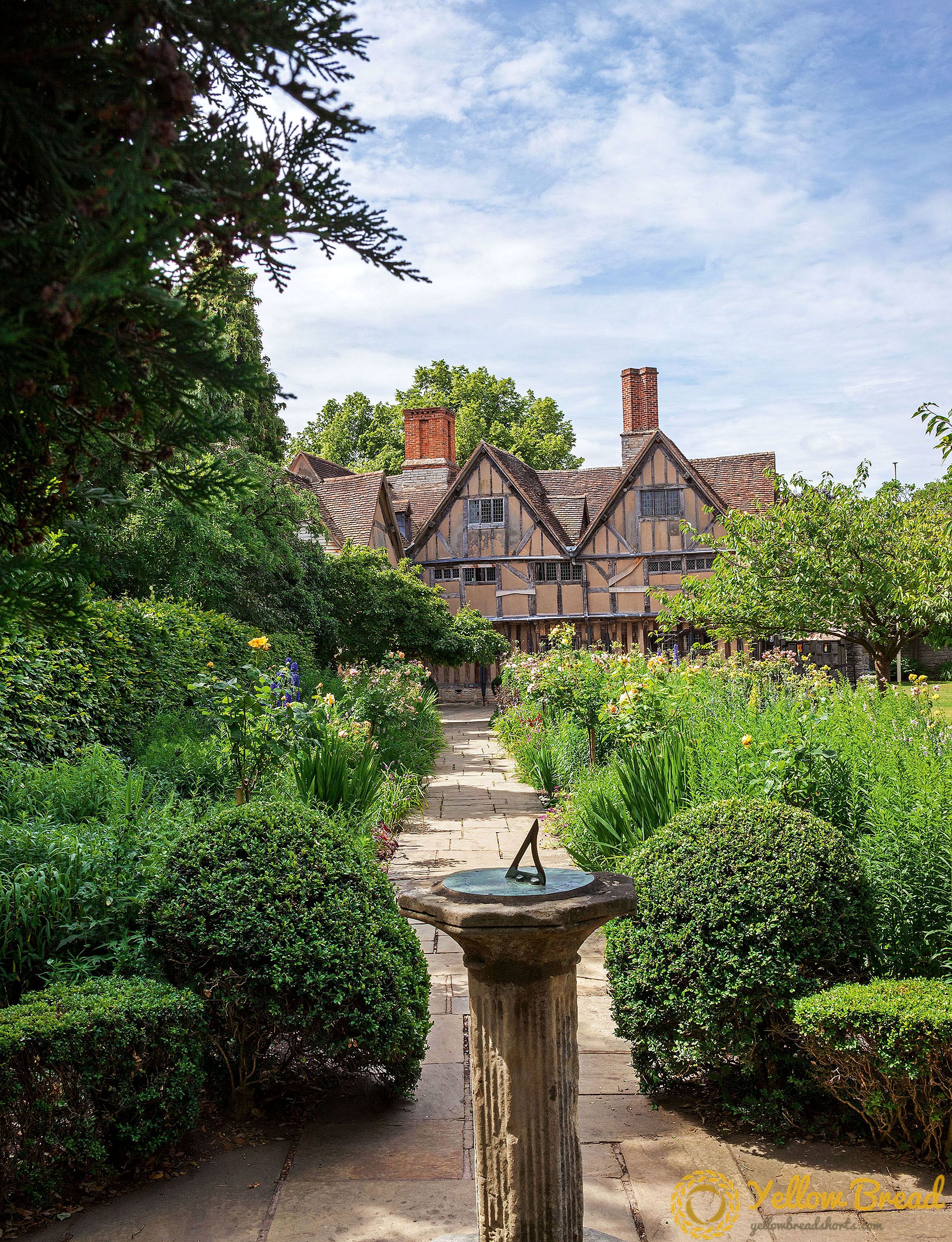
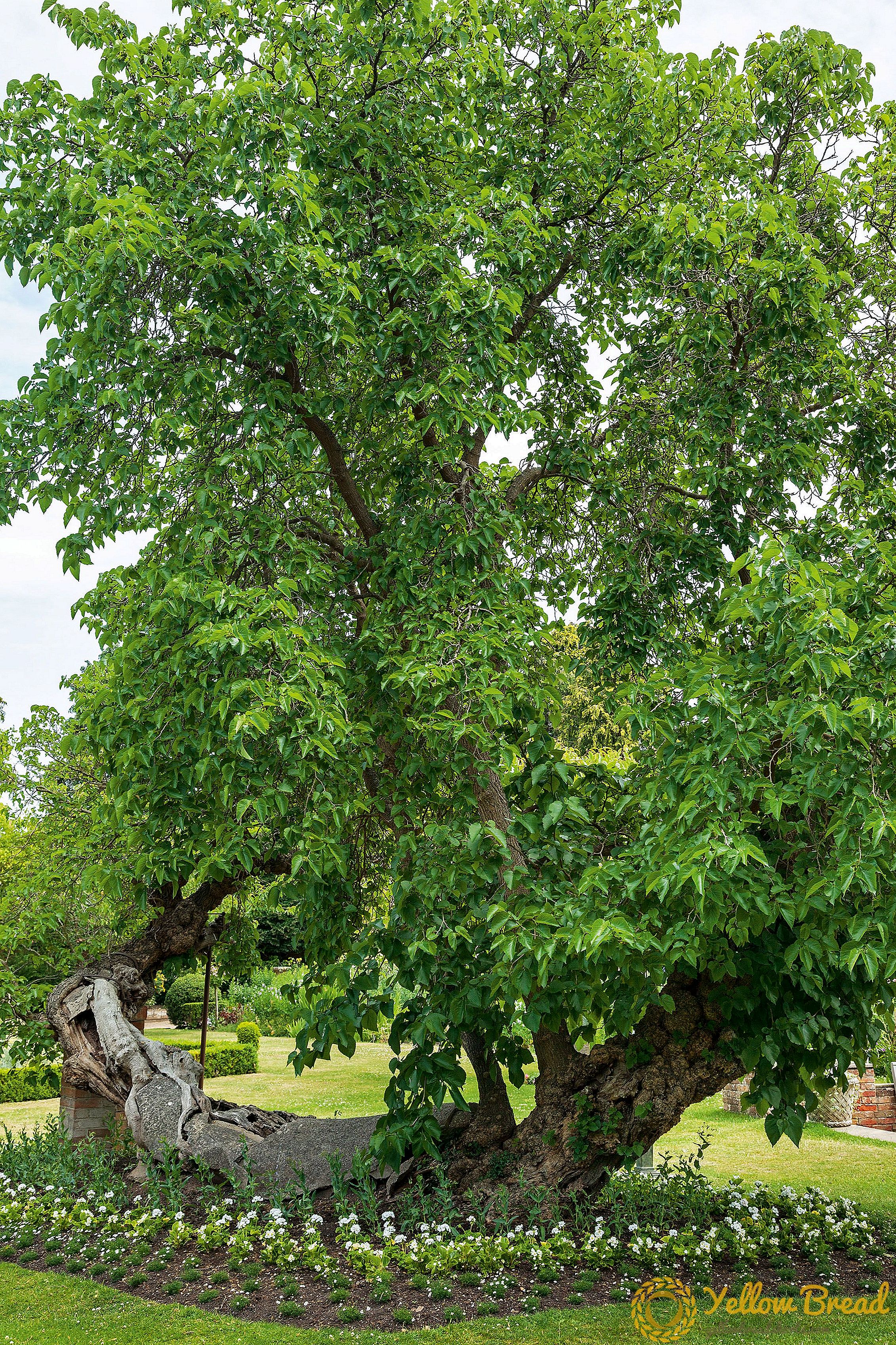
Hall's Croft begins to play its part in the story when Shakespeare was at the height of his fame, with some of his greatest plays written and in circulation. In 1602, and still under forty years old, Shakespeare bought 107 acres of land in Old Stratford - an area just outside the jurisdiction of the 'new' borough (itself founded in the late twelfth century). He paid £320 for a parcel that included orchards, pasture and open field arable land. This was the land that he would give to his twenty-four-year-old daughter Susanna on her marriage to John Hall in 1607, on which they would build their own house - now known as Hall's Croft.
New Place Garden
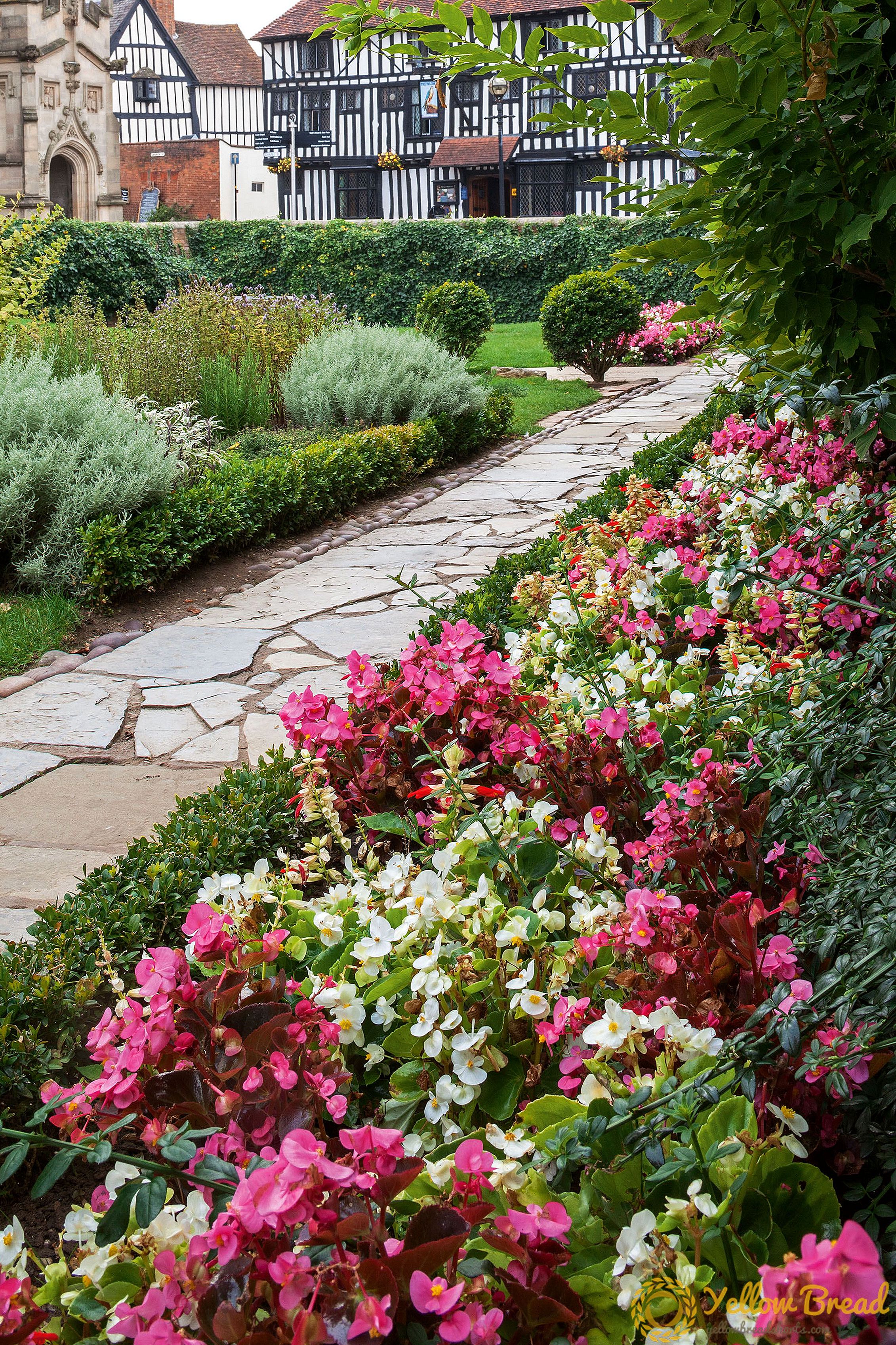
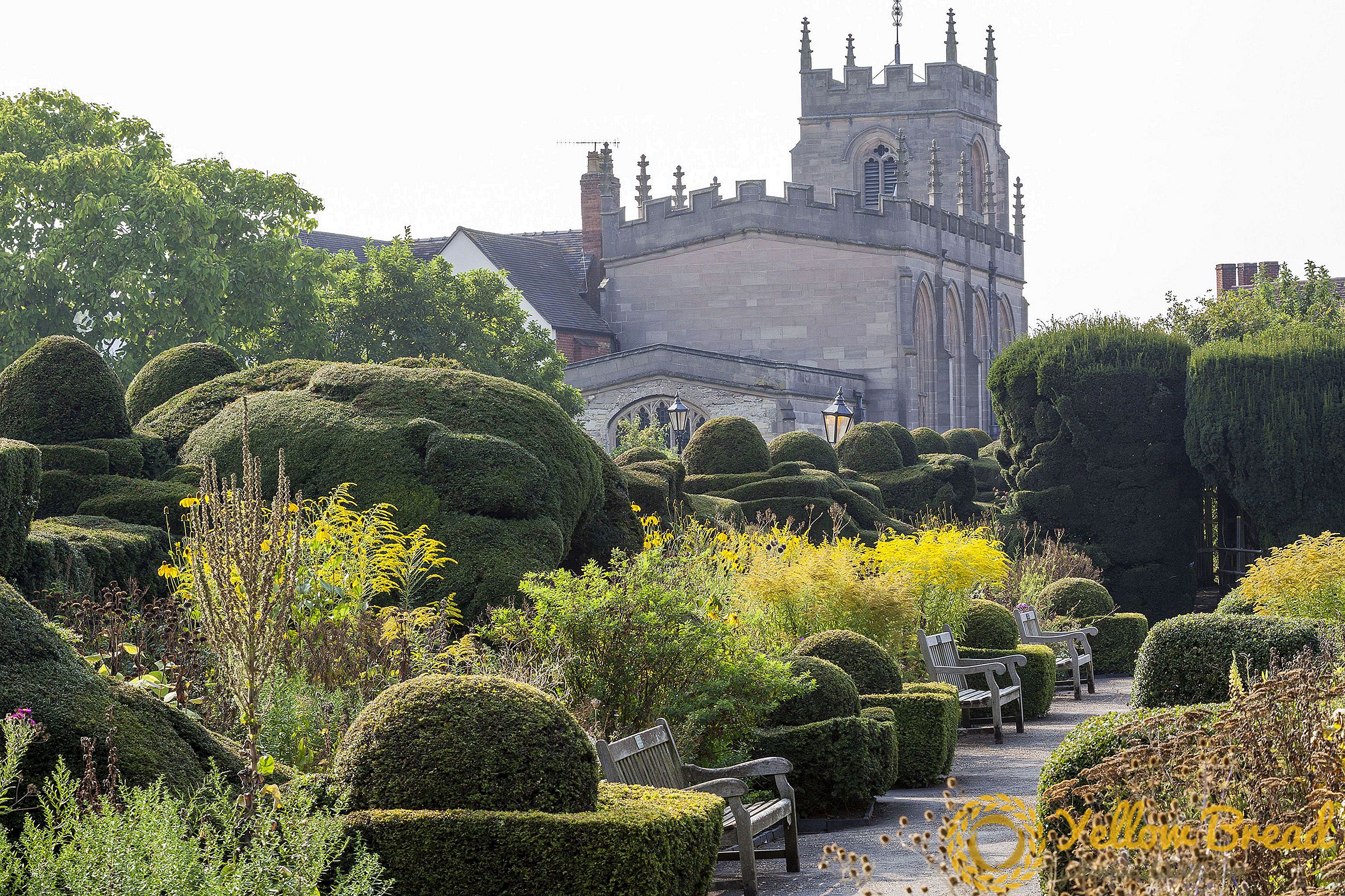
Of all Shakespeare's family homes, New Place is the most intriguing. It was Shakespeare's own home, the one that he bought at the age of thirty-three, with his hard-earned money, and the one where he died at age fifty-two.
Frustratingly, the house is no longer there and what remains are enigmatic earthworks, which have given rise to several hundred years of excavation and speculation. Yet, the garden is still there - changed of course - but not built over; a large open space that offers clues as to Shakespeare's life. Like all the gardens in this book, it has its own four-hundred-year history.
Shakespeare's Gardens
Copyright © Frances Lincoln Limited 2016
Text © Jackie Bennett 2016
Photographs copyright © Andrew Lawson

